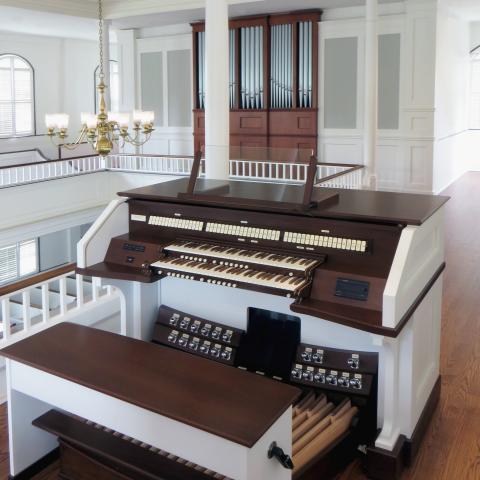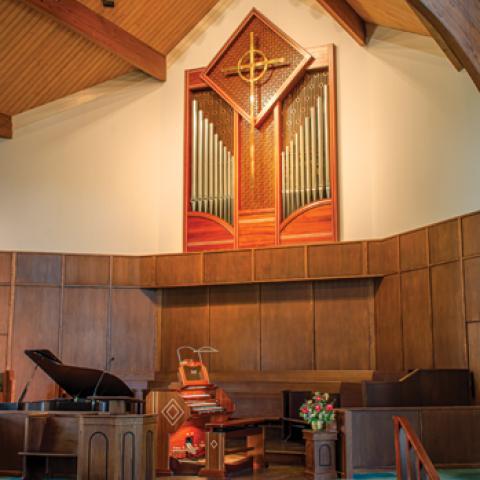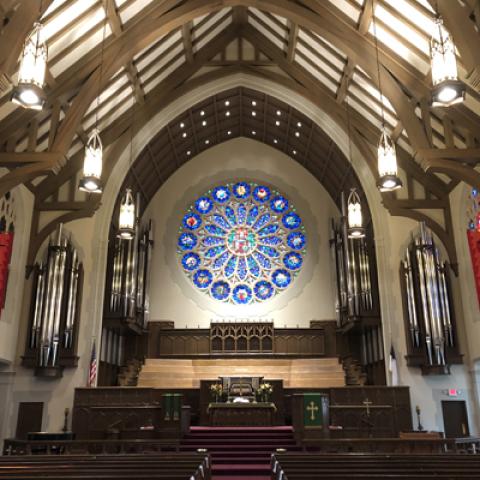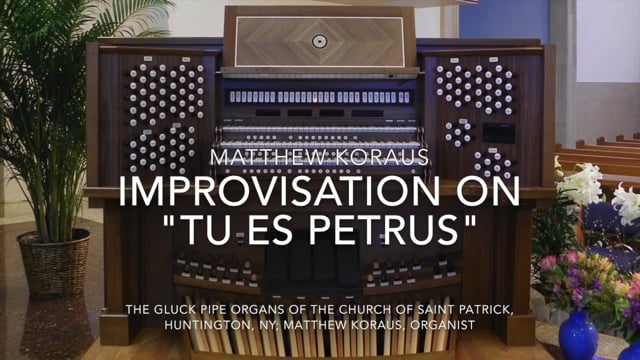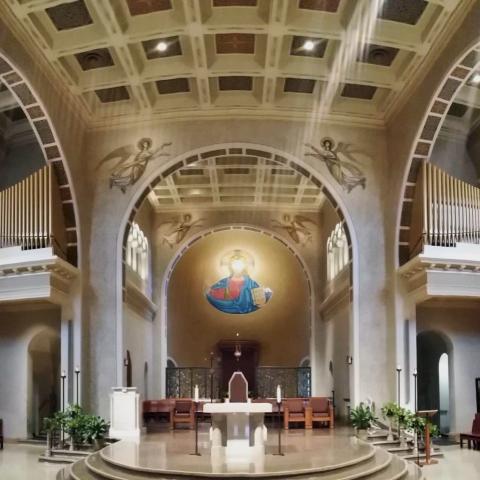
Sebastian M. Glück has installed their Opus 24 at Setauket Presbyterian Church, Setauket, New York: two manuals and pedal, 25 ranks, 39 stops, 1,392 pipes. The organ utilizes electropneumatic action, with wind pressure four inches throughout.
The builder states, “At Setauket Presbyterian Church, I set out to design an organ that could be played, despite the unification or duplexing of nine of its twenty-five ranks, as a traditionally disposed instrument while avoiding some of the perceived pitfalls of the extension principle: lack of character distinction between the manual sections, ‘missing note syndrome,’ divisional imbalance, and an ineffective Pedal department.”
For information: http://www.gluckpipeorgans.com/
RELATED: Opus 24 Full Info
New Lewtak organ in Columbia, South Carolina

